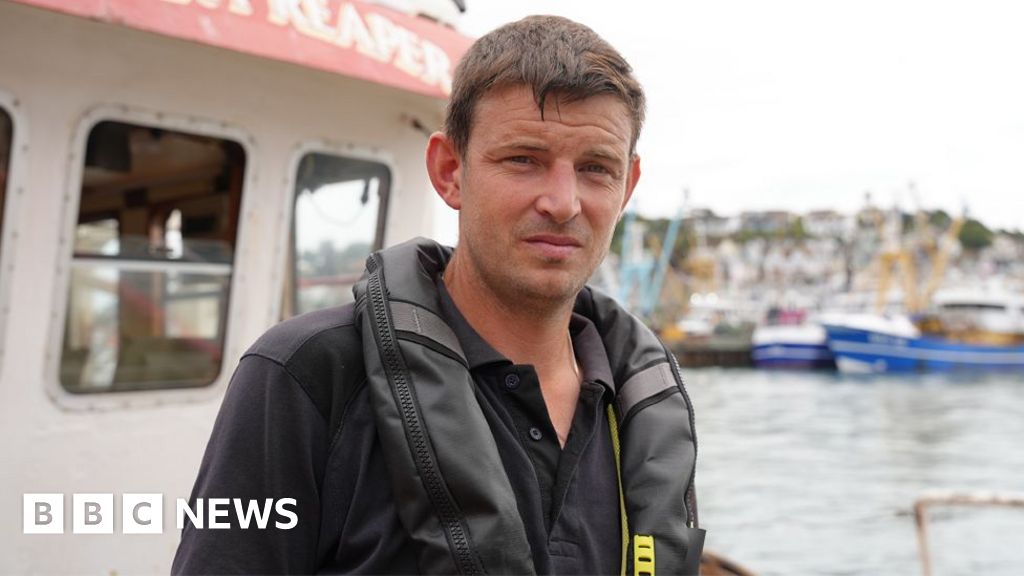Introduction to the Fishermen’s Health Clinic
Tom Parker, 37, broke his leg in a fishing accident three miles off the Devon coast. He was working alone when his fishing boat hit a wave and lurched to one side. Tom slipped and fell, injuring his ankle. He didn’t know it at the time, but he had broken his fibula and badly damaged his ankle ligaments.
The Accident and Initial Treatment
Tom somehow hauled in his fishing gear and made it to hospital to get patched up, but months after the accident, his wound just wouldn’t heal properly. It was only after he turned up at an innovative clinic on the quayside in Brixham that he was put on strong antibiotics and told he needed a second operation. Without this service, Tom believes he would have probably ended up with his leg turning septic, and he’s not sure what would have happened after that.
The Brixham Model
The clinic in Brixham is one of 79 Seafit clinics set up in fishing ports across the UK since 2019. On a clear summer morning, a spare room in the trawler agent’s offices in Brixham harbour is quickly converted into a temporary health clinic. Blue screens are dragged across to split up the space, creating a makeshift reception and enough room to cram in two GPs, a pharmacist, a physiotherapist, two nurses, and someone organizing prostate cancer tests.
Targeted, Local Care
The medics working in Brixham are convinced that their local, preventative approach can benefit not just the fishing community but the wider health service. They’ve managed to find new diabetic patients who otherwise may have gone on to develop more serious diseases. They’ve also picked out others with cardiovascular disease and those with high blood pressure. By offering people more checks and tests, they hope to prevent more costly illnesses from developing.
The NHS 10-Year Plan
The NHS accepts that those who live in coastal and rural areas are more likely to experience worse health outcomes and die younger. Seaside and coastal towns often have older populations with more complex health needs, while local NHS services can suffer from recruitment problems, leaving staffing gaps where they are needed most. To address this, the NHS plans to shift as much treatment as possible out of expensive hospitals and into community services.
Neighbourhood Health Centres
Under the 10-year plan, a network of 300 neighbourhood health centres will be opened across England, starting in areas with the lowest healthy life expectancy. The sites will be staffed by a mix of GPs, nurses, social care workers, pharmacists, mental health specialists, and other medics. The big idea is to better tailor health services to local communities and offer people more checks and tests to stop them from falling sick in the first place.
Challenges and Opportunities
Despite being the right aim, similar ambitions in the past have not truly delivered. Moving money out of hospitals and into community services is hard to do, requiring upfront investment, and the results may not be visible for five or ten years. However, the Brixham model shows promise, and with the right approach, targeted, local care can be extended to treat millions more NHS patients, potentially transforming the healthcare system.

